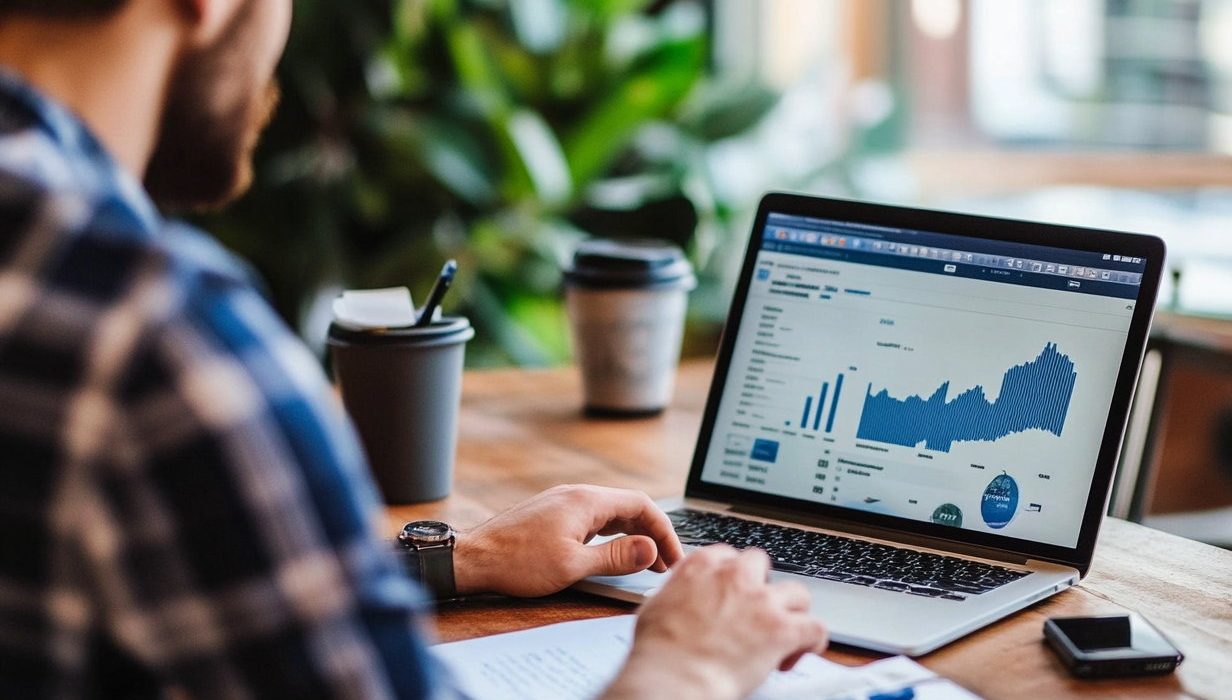If you’re considering investing in Apple (AAPL), you can start evaluating the company through its balance sheet, which presents a picture of its financial situation at a certain point in time. The balance sheet can also help you understand a company and its potential.
Look for Apple’s balance sheet in its 10-K filing with the Securities and Exchange Commission (SEC), which you can find in the Investors section of the company’s corporate website. You can also access Apple’s unaudited balance sheet, which it releases with its quarterly earnings. In this article, we walk you through how to read Apple’s (or any other company’s) balance sheet.
Balance Sheet Components
The balance sheet provides a snapshot of a company’s health and financial well-being. Although you may not be able to determine any longer trends on its own, it’s always a great idea to compare one period’s balance sheet with others.
A company’s balance sheet breaks down into its:
- Assets or what it owns
- Liabilities or what it owes
- Shareholders’ equity or the money that belongs to shareholders after paying off all liabilities
A general rule is that the assets should always equal the liabilities and shareholders’ equity. You can calculate it using this formula:
Assets = Liabilities + Shareholders’ Equity
A company’s balance sheet can be used in fundamental analysis to help you calculate financial ratios and determine the estimated rate of return if you decide to invest in its stock.
At the end of its 2024 fiscal year, Apple reported $364.98 billion in assets, $308.03 billion in liabilities, and $56.95 billion in shareholders’ equity.
Cash Is King
Apple’s strong cash position is a major strength. It has an ample cash chest. A lot of this is held overseas and the company would have to pay U.S. taxes on the money to bring it into the country. That is why the company prefers to borrow money by issuing bonds to engage in its share buyback program.
One key component is Apple’s accounts receivable (AR) section. This represents the amounts owed by the companies it does business with, such as cellular network carriers, retailers, wholesalers, and government and education customers. Extending credit in business transactions is a risk, and Apple has credit insurance to limit its risk to this exposure. Accounts receivable make up $26.28 billion.
The company also reports a value for its property, plant, and equipment (PP&E) category. This represents the value of what it owns in property and equipment after accounting for the wear and tear associated with use.
Let’s take a look at how much Apple reported in these sections for the 2024 fiscal year:
- Cash and Cash Equivalents: $29.94 billion
- AR: $33.41 billion
- PP&E: $45.68 billion1
Liabilities Side
Liabilities refer to any money that a company owes to other parties. This includes any money it owes to its suppliers, bond interest, rent, utilities, and payroll. To manage the risk that interest rates could move against the company, Apple also has interest rate swaps.
Liabilities fall into two different categories:
- Current liabilities, which are due within 12 months and are listed in order of their due date
- Long-term liabilities, which are due at any point after one year
Let’s take a look at the liabilities section on Apple’s balance sheet. In 2024, the company reported the following:
- $68.96 billion in accounts payable (AP)
- $9.97 billion in commercial paper, which finances activities like share buybacks and dividend payments
- $131.64 billion in long-term debt, which includes fixed-rate and floating-rate debt1
How to Analyze Apple’s Balance Sheet
Current Ratio
Another way to understand Apple’s financial position is to look at certain ratios that give an idea of how the company manages its business. One major ratio for this purpose is the current ratio, which provides a measure of how easily the company can pay off its creditors if it had to.
This is obtained by taking stock of Apple’s current assets versus its current liabilities. You can determine this by using the following formula:
Current Ratio = Current Assets ÷ Current Liabilities
This figure can tell you whether Apple (or any other company you’re studying) has enough current assets on hand to cover its current liabilities. Let’s plug in the 2024 figures from Apple’s balance sheet into the formula:
$152.99 billion ÷ $176.39 billion = 0.89
Leverage
Looking at how much Apple is leveraged, or how much debt it has compared to its equity position, also provides investors with an idea about how prudently its debt is managed. Too much debt relative to equity indicates that a company is over-leveraged. This could be a red flag since it will have less breathing room if it runs into trouble.
Apple’s capital structure has dramatically changed, with its debt-to-equity (D/E) ratio jumping from about 1.43 in 2015 to 1.51 in 2024. This indicates Apple is raising more cash, which it uses for share buybacks, potential dividend increases, and growing the business.
What Should I Look for in Apple’s Balance Sheet?
When assessing any balance sheet, including Apple’s, it’s important to take a look at the company’s capital structure or how much equity it has versus debt. Looking at cash, cash equivalents, short-term debt, and long-term debt, can provide that information.
Using financial ratios to understand the capital structure is also helpful. These ratios include the current ratio, quick ratio, and debt-to-equity ratio. It is also important to look at a company’s accounts receivables and its accounts payables.
How Do I Find How Much Cash Apple Has on Its Balance Sheet
To find how much cash Apple has on its balance sheet, you would need to access its most recent SEC filing. This could be an annual report or a quarterly filing. You can find out how much cash Apple has on hand on the balance sheet. It’s usually the first section under current assets.
What Are the Best Financial Ratios To Use To Analyze Apple’s Balance Sheet?
The best financial ratios to use to analyze Apple’s balance sheet are the current ratio, quick ratio, debt-to-equity ratio, and working capital.
The Bottom Line
A company’s balance sheet could deteriorate as its earnings situation and industry position change. That’s why it’s important to look at its most recent balance sheet before investing. Reading Apple’s balance sheet certainly suggests that it is a well-managed company. It presents its information in a reader-friendly format and does not have any significant exposure to off-balance sheet activities or items that might obfuscate its true situation.







